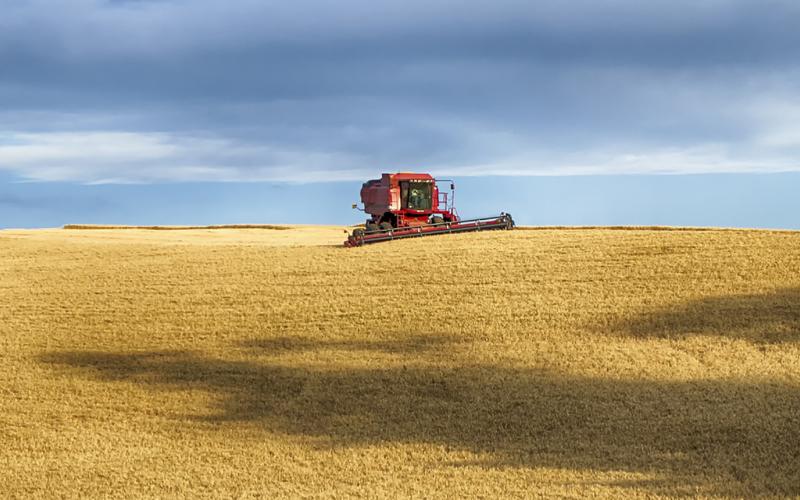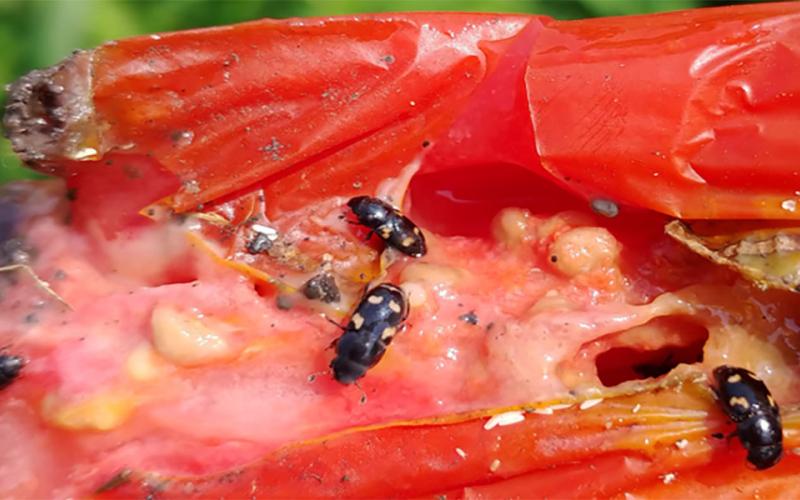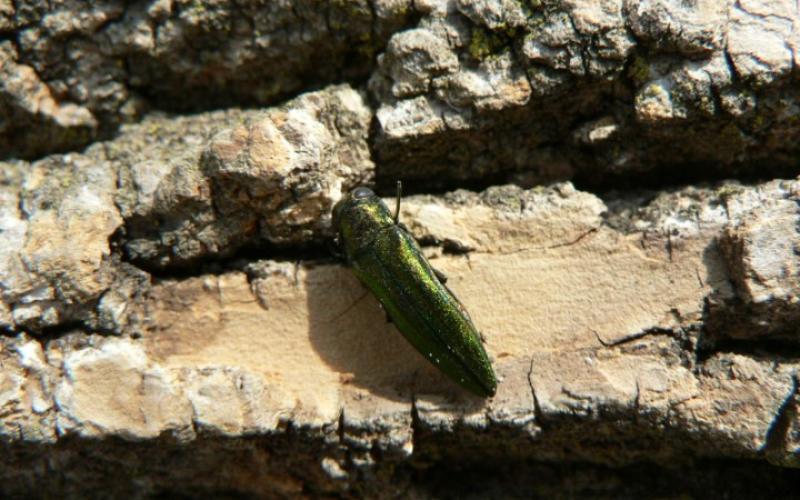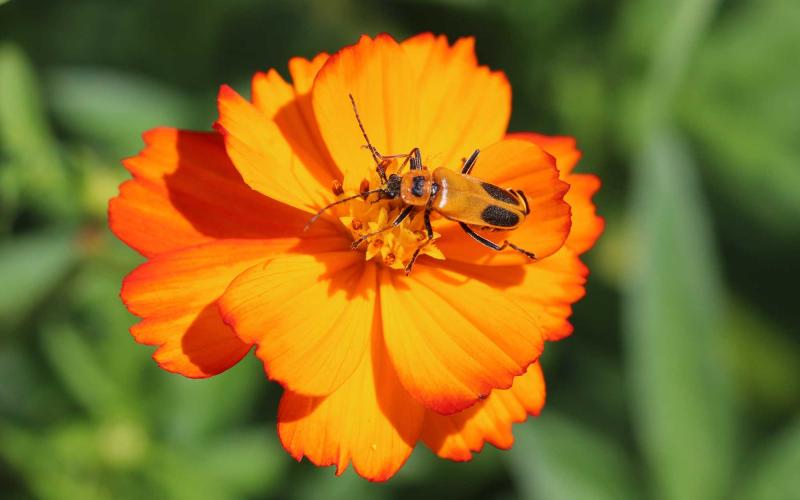Insect & Pests
All Insect & Pests Content

Best Management Practices for Wheat Production
The Wheat Best Management Practices manual offers a comprehensive guide for optimizing yields, maximizing profits and ensuring long-term sustainability in wheat production.

How Do I Keep Insects From Destroying My Garden Produce?
It is not unusual to see insects in a garden during the fall, but it can be frustrating to watch nearly ripe produce be destroyed by insects before it can be picked.

Emerald Ash Borer Insecticide Treatment Options
Fact sheet about insecticide treatment options for protecting ash trees against emerald ash borer.

How to Identify an Ash Tree Infested by Emerald Ash Borer
This guide will help you determine whether an ash tree may be infested by the emerald ash borer.

Lady Beetles of South Dakota
A guide for monitoring, properly identify, and promoting the growth of lady beetles.

Growing Tomatoes in South Dakota
Few vegetables inspire us more than home-grown tomatoes, bursting with vine-ripe flavor. Tomatoes are easy to grow in containers or in the ground, and are excellent sources of vitamins A and C, as well as cancer-fighting lycopenes.

Soybean Aphids in South Dakota
Factsheet on Soybean Aphids in South Dakota

Are Your Pepper Plants Covered With Aphids?
During this time of the growing season, it is common to observe aphids on garden plants, including peppers. However, when dense aphid populations are present, they can reduce pepper yields and cause rapid plant health decline.

Orange Beetles Are Killing My Flowers, or Are They?
Many gardens are being invaded by orange beetles that have a strong preference for flowering plants. Rest assured, these are soldier beetles and they aren’t feeding on the flowers! Instead, they are actually predators and pollinators.

Huge Wasps on My Tree! No, Those Still Aren’t Murder Hornets.
Another insect that has been mistaken for the Asian giant hornet (also known by its media-popularized name of ‘murder hornet’) is the horntail wasp. Horntail wasps are wood-boring insects that are harmless to humans, as they do not have venom and cannot sting.